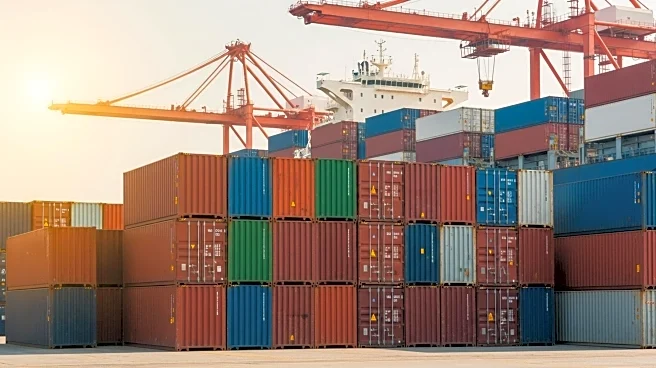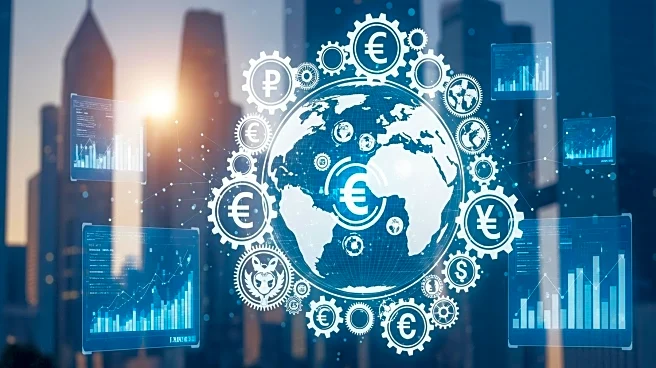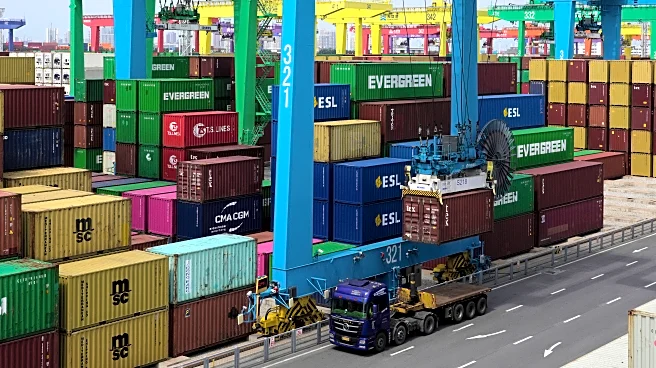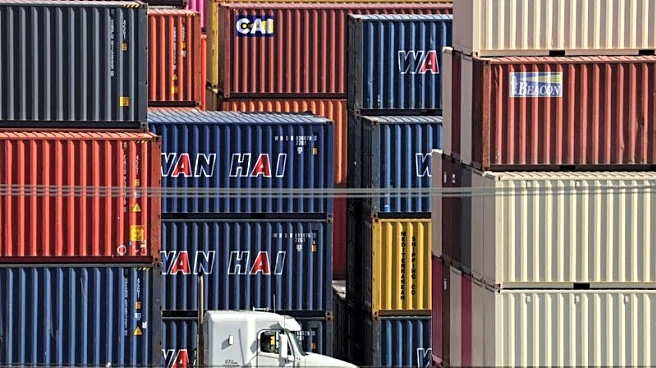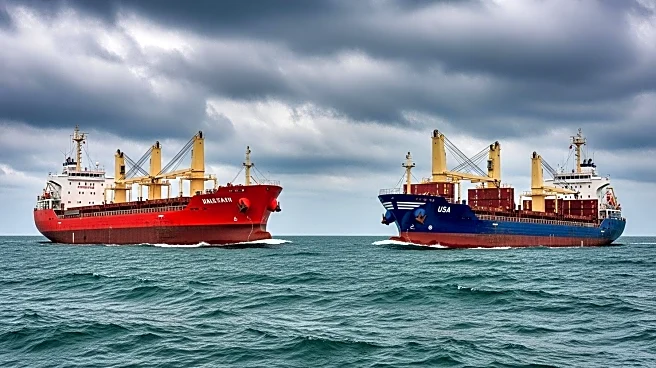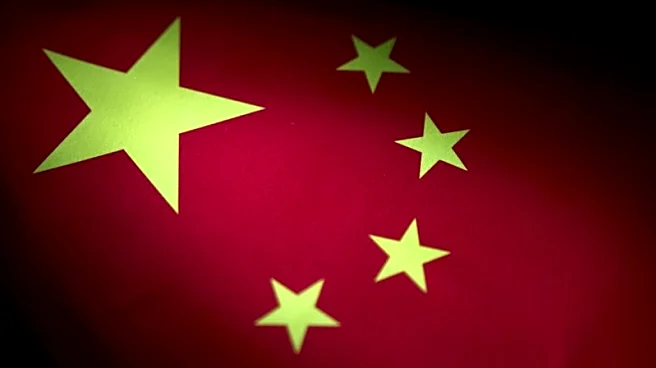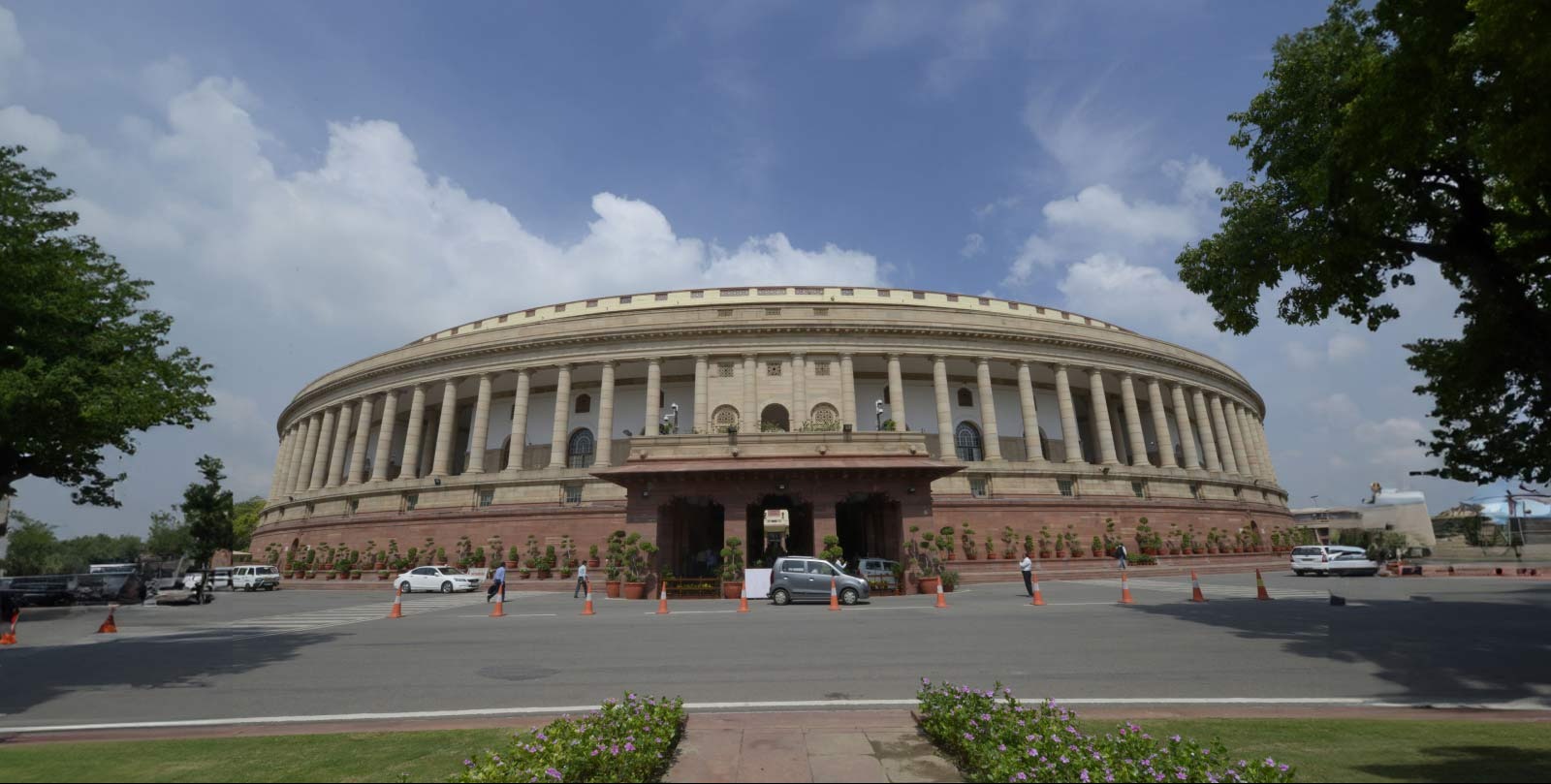What is the story about?
What's Happening?
U.S. containerized imports experienced a 1.6% increase in August compared to the previous year, despite a decline in volume from China and other key suppliers. This fluctuation is attributed to the uncertainty surrounding President Trump's trade policies, which have included increased tariffs on goods from many countries. The U.S. ports handled 2.5 million 20-foot equivalent units (TEUs) of cargo in August, a slight decrease from July's near-record 2.6 million TEUs. Imports from China, which accounted for about 35% of the total volume, saw a 10.8% decrease, primarily due to declines in apparel, footwear, and aluminum products. The administration's use of import duties as a negotiation tool has caused significant shifts in global trade, with countries like Vietnam, India, and Thailand gaining market share. A recent U.S. appellate court ruling deemed most of Trump's tariffs illegal, but they remain in place pending an appeal to the U.S. Supreme Court.
Why It's Important?
The ongoing trade tensions and tariff policies have significant implications for U.S. industries and the global economy. The apparel sector, with major importers like Walmart, could face increased costs, potentially affecting consumer prices and supply chains. The fluctuating trade dynamics also impact domestic manufacturing and consumer spending, particularly during the crucial holiday season. The temporary truce with China offers short-term stability, but the broader uncertainty continues to challenge businesses and economic stakeholders. The legal challenges to the tariffs add another layer of complexity, with potential outcomes affecting future trade negotiations and economic strategies.
What's Next?
The extension of the truce with China until November provides a temporary reprieve for industries affected by the tariffs. However, the looming appeal to the U.S. Supreme Court regarding the legality of the tariffs could lead to significant changes in trade policy. Businesses and industry leaders will likely continue to advocate for more predictable trade policies to stabilize supply chains and market conditions. The outcome of these legal and diplomatic efforts will be closely watched by stakeholders across various sectors.
AI Generated Content
Do you find this article useful?
